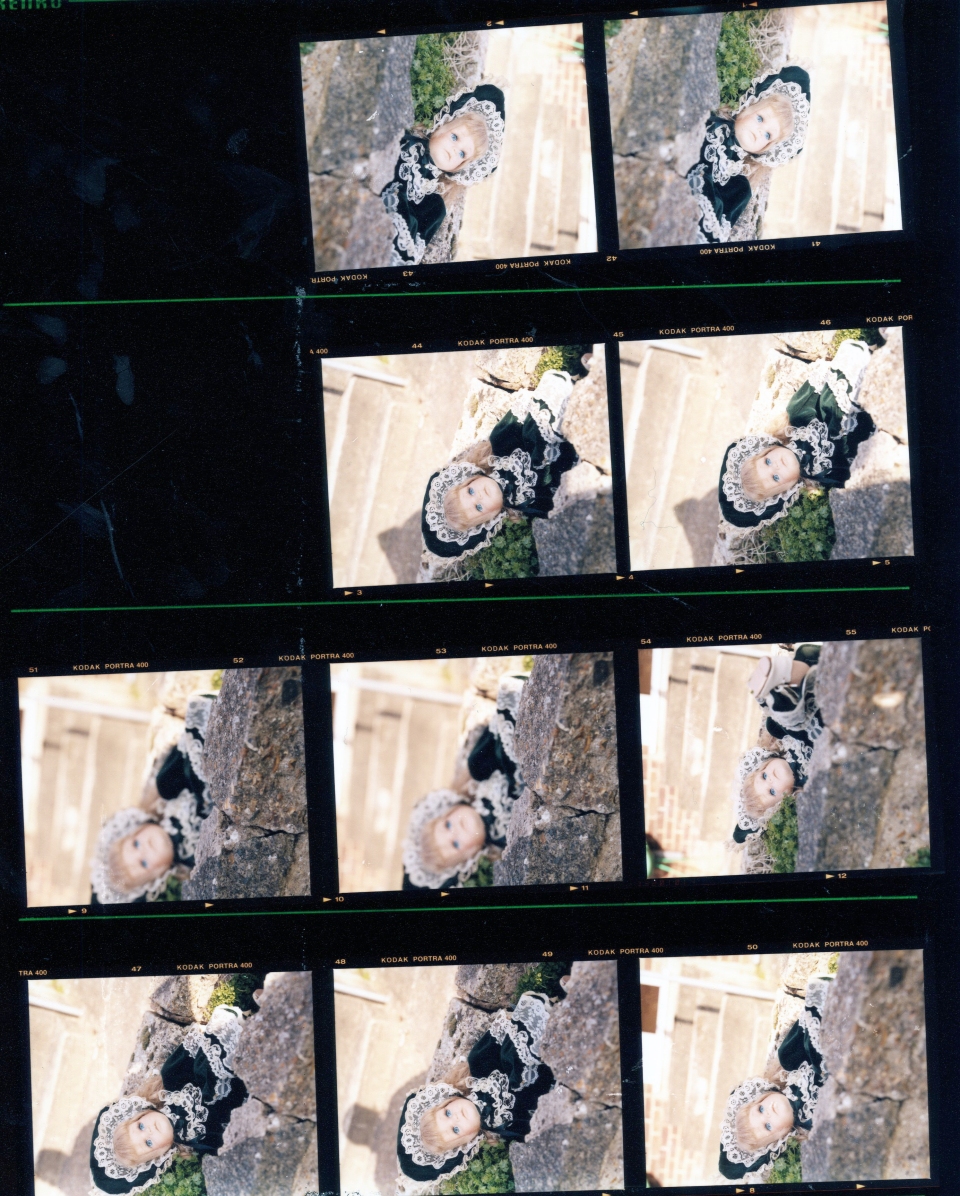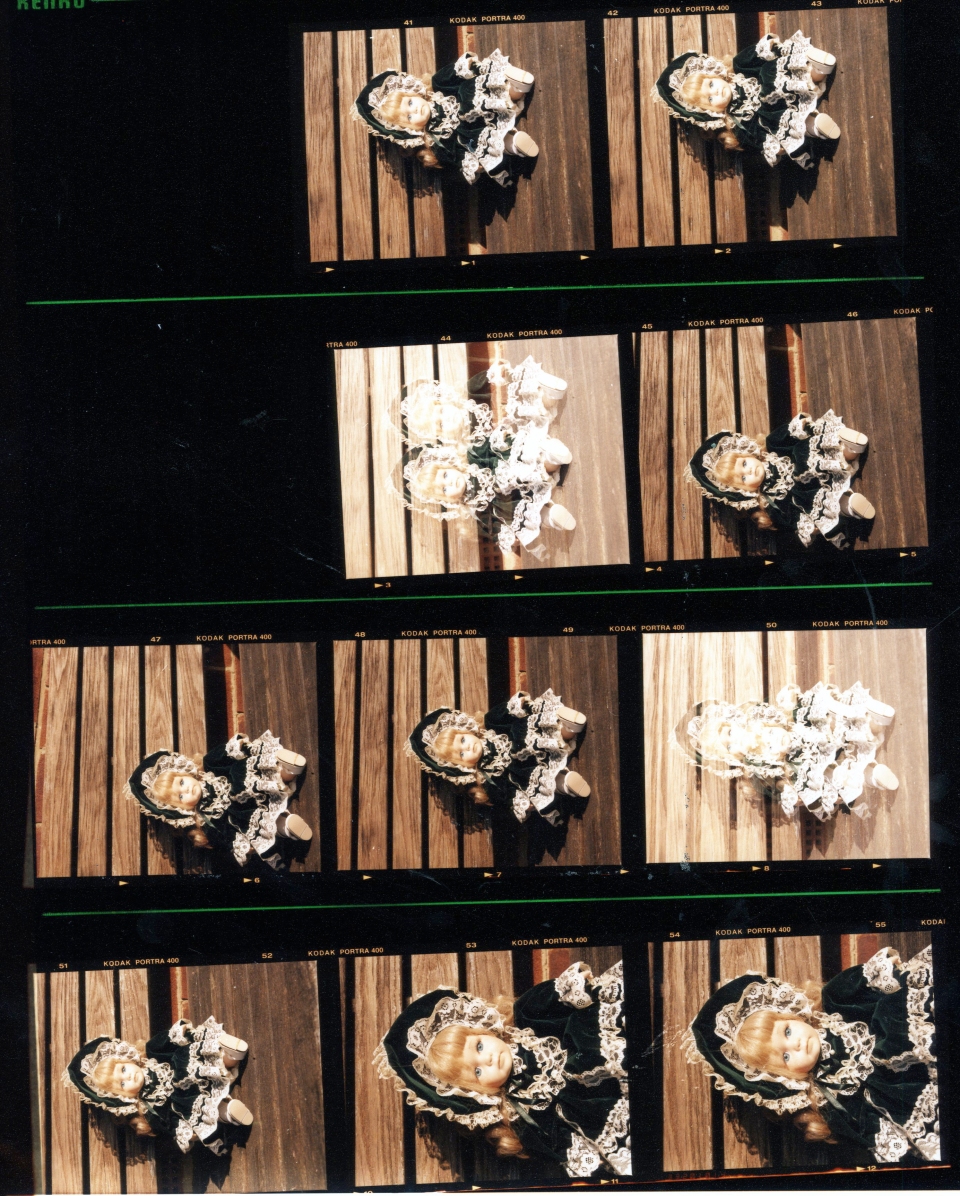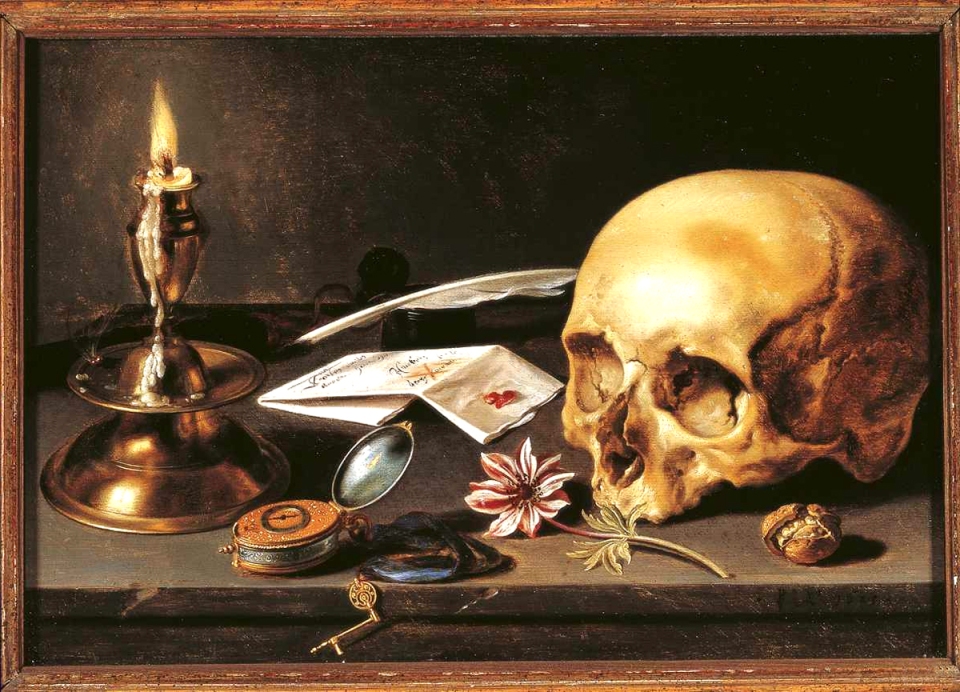I’ve never lived anywhere for longer than a year, until now. Moving around constantly packing up your life, memories and experiences into a cardboard box and leaving. What would you pack? Along the way so many things get lost. Objects that embody you, like a self-portrait of who you are. Things that you regard as the most important become empty when you are no longer there to define them; our existence makes them personal artifacts. Sourcing the dolls for my shoots in charity shops intending to explore the reverie of objects and memories they trigger to represent our uncanny relationships with our affects through portraiture.
Inspired mainly by books by Paul Auster, Brian Dillon and Kathleen Stewart I have enriched my process and practice to break the preconceptions that the genre of portraiture holds and to instead explore the allegory of objects. Animating them in a way and playing with location and scale similar to the work of both Laurence Demaison and Tim Walker. The way in which angles and composition can impose a specific message much like the childlike way we are led through the window into my final image. Realising the potential of haunting memories that the dolls trigger led to research into Freud’s the “Uncanny” creating horror in my images through the innately human resemblance the dolls have and the slight green colour casts. It is said that portraiture is about working with the person you are photographing but what about when you are embodying a person through an objects reverie? Significantly there was different representation to every person who viewed it; some commenting on the look of searching that the doll has, some recalling memories of nightmares and childhood horror and even some looking away in repulsion at what the image recalls. This images interpretation varies dependent on experiences. What this doll embodies for people personally allows a different view on portraiture one that is recollected and gives an idea of self to the viewer.
To some extent it this project could be an embodiment of self-portraiture. The idea of animating the doll to search for what she has lost represents the crossroads I find myself at, being twenty and leaving my childhood and becoming an adult; searching for meaning and leaving the past behind. The uncanny effect you feel between what you remember and who you are now. I have learnt that we are people first, before we are photographers. Our own experiences are encapsulated in our work and our objects. Inanimate objects hold us within them, a notion and representation of our uncanny mortality.
©samanthajaneriley





